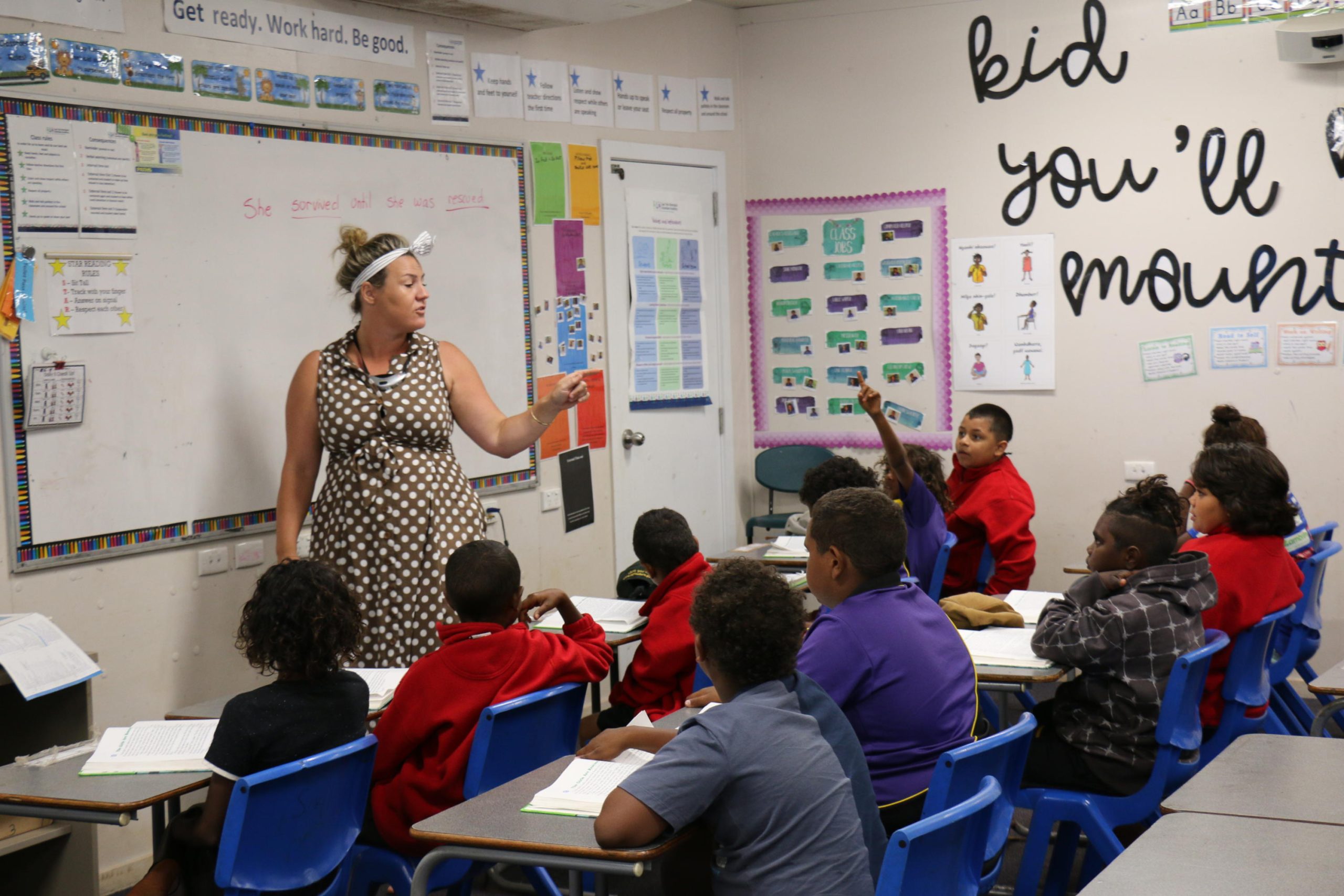Back to Course
Teach Reading Mastery Signature Edition: Year 4 and 5
0% Complete
0/0 Steps
-
Module Introduction5 Topics
-
Overview14 Topics|1 Test
-
Setting up for Success21 Topics|2 Tests
-
Cover
-
Lesson Objective
-
Opening the Lesson
-
Professional Learning Standards, Techniques, and Practices
-
Placement Tests Overview
-
Placement Test Guidelines
-
RMSE 4–5 Placement Test Specifics
-
RMSE 4 Placement Test
-
RMSE 5 Placement Test
-
Grouping and Seating
-
Pacing of Instruction
-
Expected Lesson Pacing
-
Check Your Understanding
-
Effective Transitions
-
Script Features
-
Auditory Signal
-
Scenario: Auditory Signal
-
Auditory Signal
-
Test Your Understanding
-
Review
-
Lesson Completed!
-
Cover
-
Word Practice and Vocabulary19 Topics|1 Test
-
Cover
-
Lesson objective
-
Opening the lesson
-
Parts of a RMSE 4 – 5 Lesson
-
Word Practice
-
Teaching Word Practice
-
Auditory Signal
-
Auditory Signal
-
Teacher’s Role in Motivation
-
Using affirmations in lessons
-
Correcting Word Practice Errors
-
Droning and Corrections
-
Vocabulary Exercises
-
Types of Vocabulary Exercises
-
Teaching Vocabulary Exercises
-
Vocabulary Exercises Corrections
-
Check your understanding
-
Review
-
Lesson completed!
-
Cover
-
Comprehension Concepts RMSE 416 Topics|1 Test
-
Comprehension Concepts RMSE 521 Topics|1 Test
-
Cover
-
Lesson objective
-
Opening the lesson
-
Comprehension Concepts
-
Outlining
-
Teaching Outlining
-
Relevant Information
-
Contradictions
-
Figurative Language
-
Inferences
-
Referents and Combined Sentences
-
Following Directions and Reference Books
-
Maps and Graphs
-
Irony and Logic
-
Individual Turns Procedures
-
Comprehension Concepts Teaching Techniques
-
Script Success
-
Lesson practice
-
Check your understanding
-
Review
-
Lesson completed!
-
Cover
-
Oral Reading and Silent Reading15 Topics|1 Test
-
Cover
-
Lesson objective
-
Opening the lesson
-
Oral Reading
-
Story Background Passages
-
Textbook Selections
-
Decoding error limits
-
Background Passage and Textbook Teaching Tips
-
Background Passage and Textbook Selection Corrections
-
Silent Reading
-
Comprehension Questions
-
Comprehension Questions Corrections
-
Check your understanding
-
Review
-
Lesson completed!
-
Cover
-
Independent Work and Work Checks15 Topics|1 Test
-
Cover
-
Lesson objective
-
Opening the lesson
-
Independent Work General Information
-
Conducting Independent Work
-
Active Monitoring Rationale
-
Active Monitoring Procedure
-
Active Monitoring Guidelines
-
Conducting Work-checks
-
Work Checks
-
Work-check Teaching Tips
-
Check your understanding
-
Active monitoring
-
Review
-
Lesson completed!
-
Cover
-
Writing Assignments, Decoding Support, Paired Practice, Fact Games, Activities across the Curriculum13 Topics|1 Test
-
Motivating Students15 Topics|1 Test
-
Mastery Tests and Fluency Checkouts18 Topics|1 Test
-
Cover
-
Lesson objective
-
Opening the lesson
-
Mastery Tests
-
Fluency Checkouts
-
Conducting Mastery Tests/ Checkouts
-
Using Mastery Tests and Fluency Checkouts
-
Mastery Tests Criterion
-
Mastery Test on SPT
-
Flight Path Concept
-
Inputting data on SPT
-
Expected Lesson Pacing
-
Lesson Progress on SPT
-
Pacing of Instruction
-
Effective Transitions
-
Check your understanding
-
Review
-
Lesson completed!
-
Cover
-
Bringing it all Together for RMSE 417 Topics|1 Test
-
Cover
-
Lesson objective
-
Opening the lesson
-
Auditory Signal
-
Lesson 21, exercise 1
-
Lesson 21, exercise 2
-
Lesson 21, exercise 3
-
Lesson 21, exercise 4
-
Lesson 21, exercise 5
-
Lesson 21, exercise 6
-
Lesson 21, exercise 7
-
Lesson 21, exercise 8
-
Lesson 21, exercise 9
-
Lesson 21, exercise 10
-
Check your understanding
-
Review
-
Lesson completed!
-
Cover
-
Bringing it all Together for RMSE 519 Topics|1 Test
-
Cover
-
Lesson objective
-
Opening the lesson
-
Auditory Signal
-
Lesson 37, exercise 1
-
Lesson 37, exercise 2
-
Lesson 37, exercise 3
-
Lesson 37, exercise 4
-
Lesson 37, exercise 5
-
Lesson 37, exercise 6
-
Lesson 37, exercise 7
-
Lesson 37, exercise 8
-
Paired Practice
-
Lesson 37, exercise 9
-
Lesson 37, exercise 10
-
Lesson 37, exercise 11
-
Check your understanding
-
Review
-
Lesson completed!
-
Cover
-
Module evaluation survey1 Topic
Lesson Progress
0% Complete

Pacing of Instruction
‘Pacing of instruction’ refers to the speed at which instruction occurs. Teaching with an appropriate pace includes:
- performing the script at a brisk pace
- managing think time so that energy is not lost
- communicating a sense of urgency and importance.

Teaching with brisk pacing increases student engagement because the instruction is fast-paced and interesting. Students are less likely to misbehave because they are engaged in the teacher’s instruction.
Teachers use their voices to communicate lesson concepts effectively. Key terms are emphasised and repeated if necessary. Each lesson is presented with energy and enthusiasm, even when there are scripted components.

